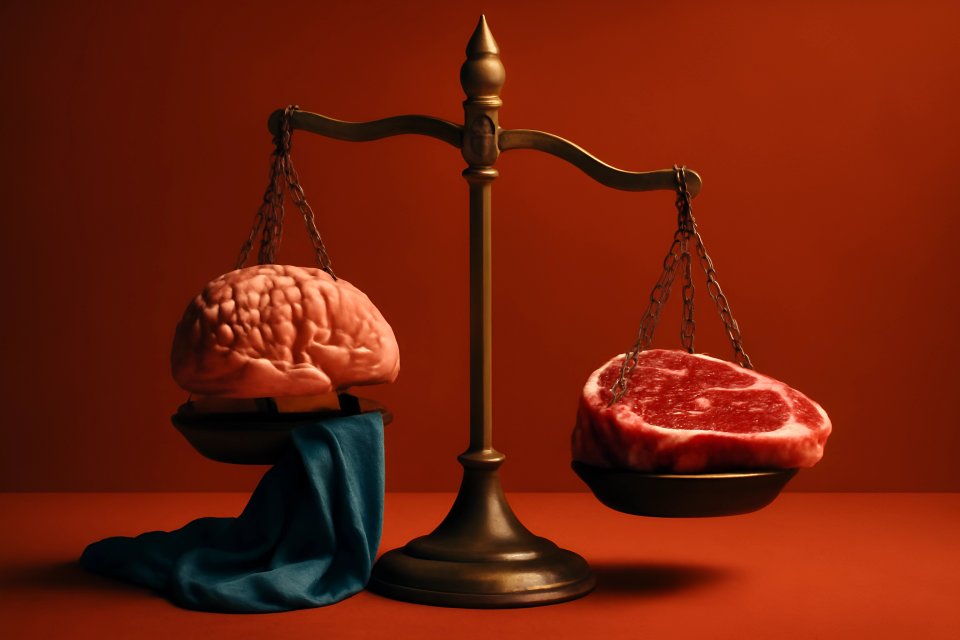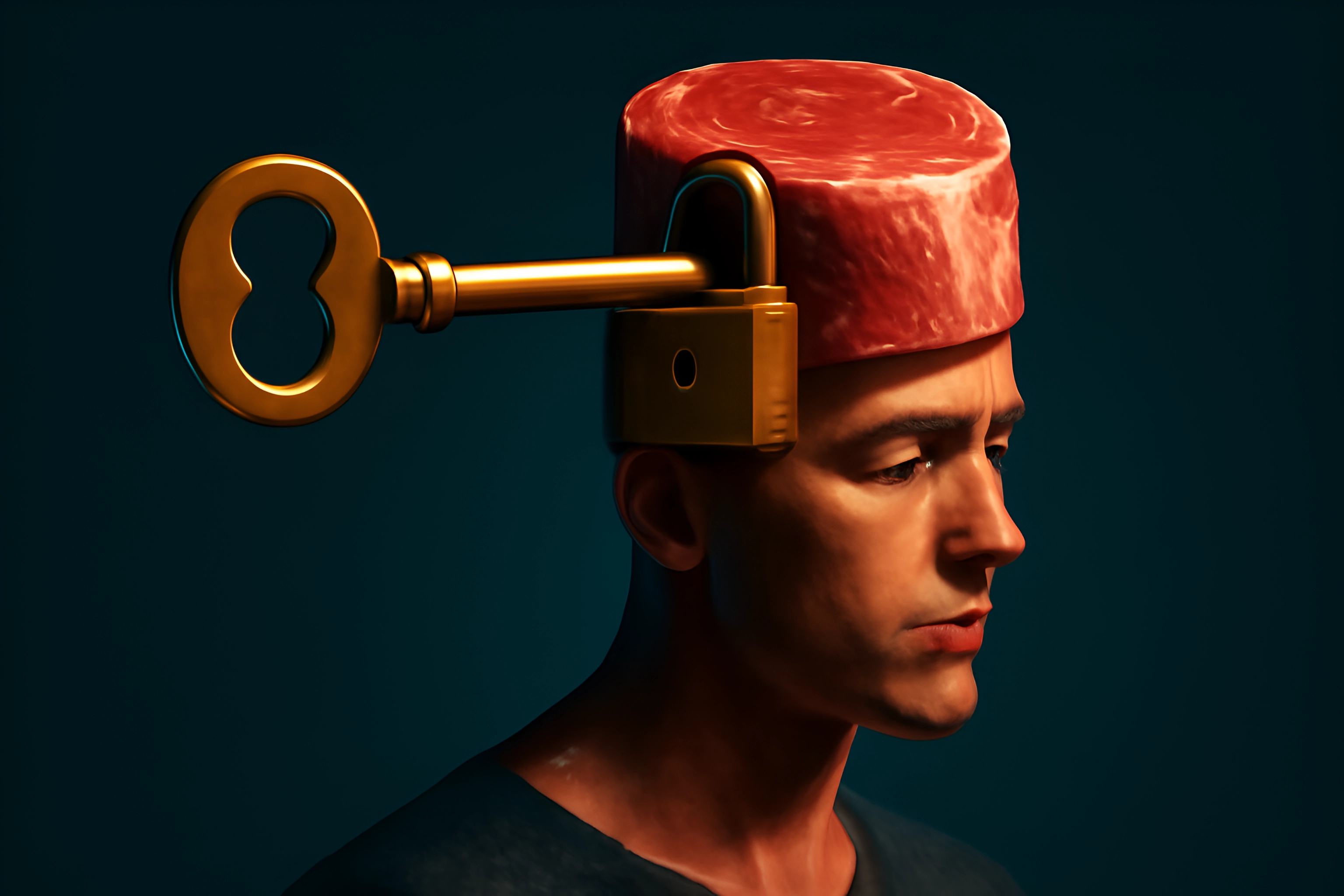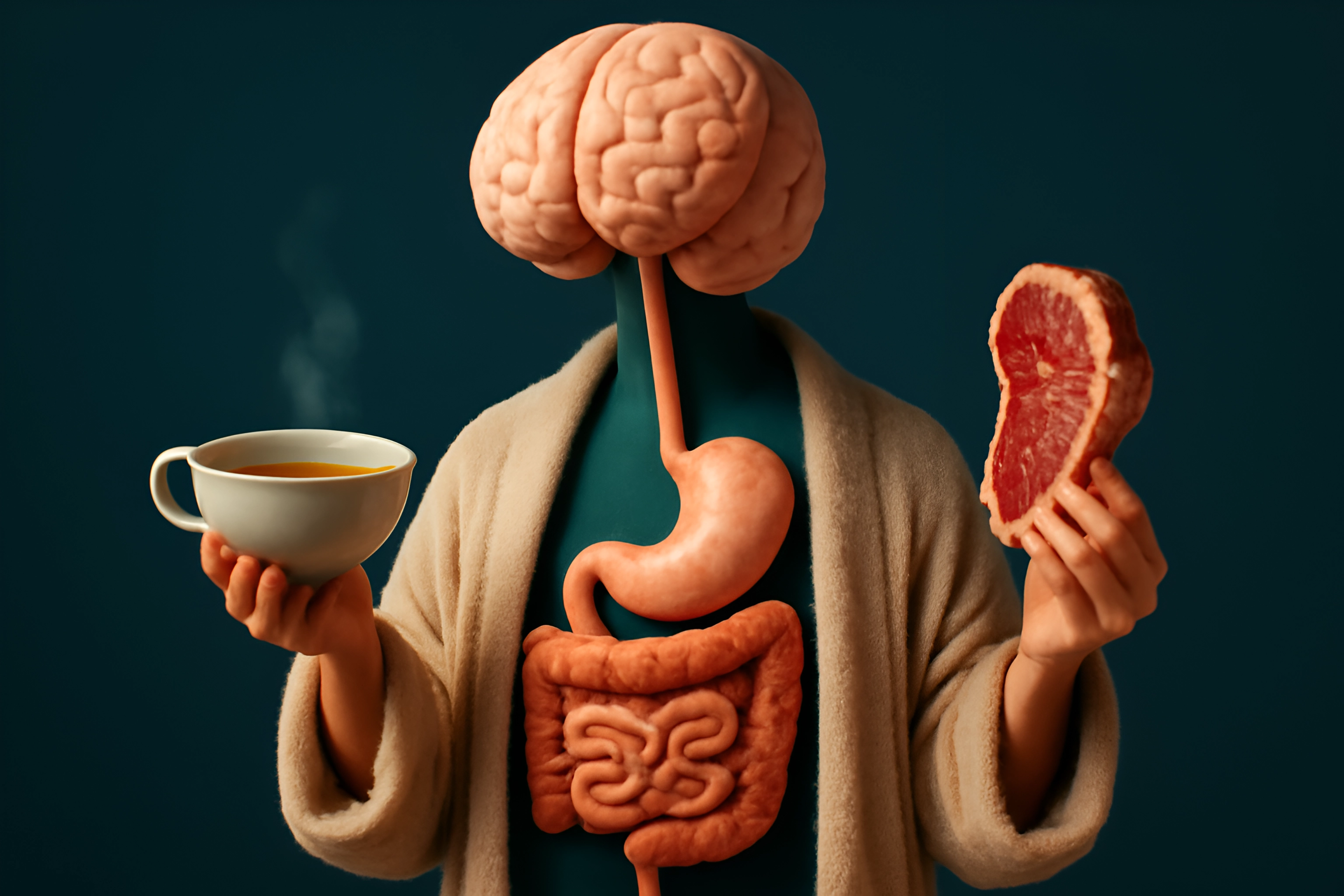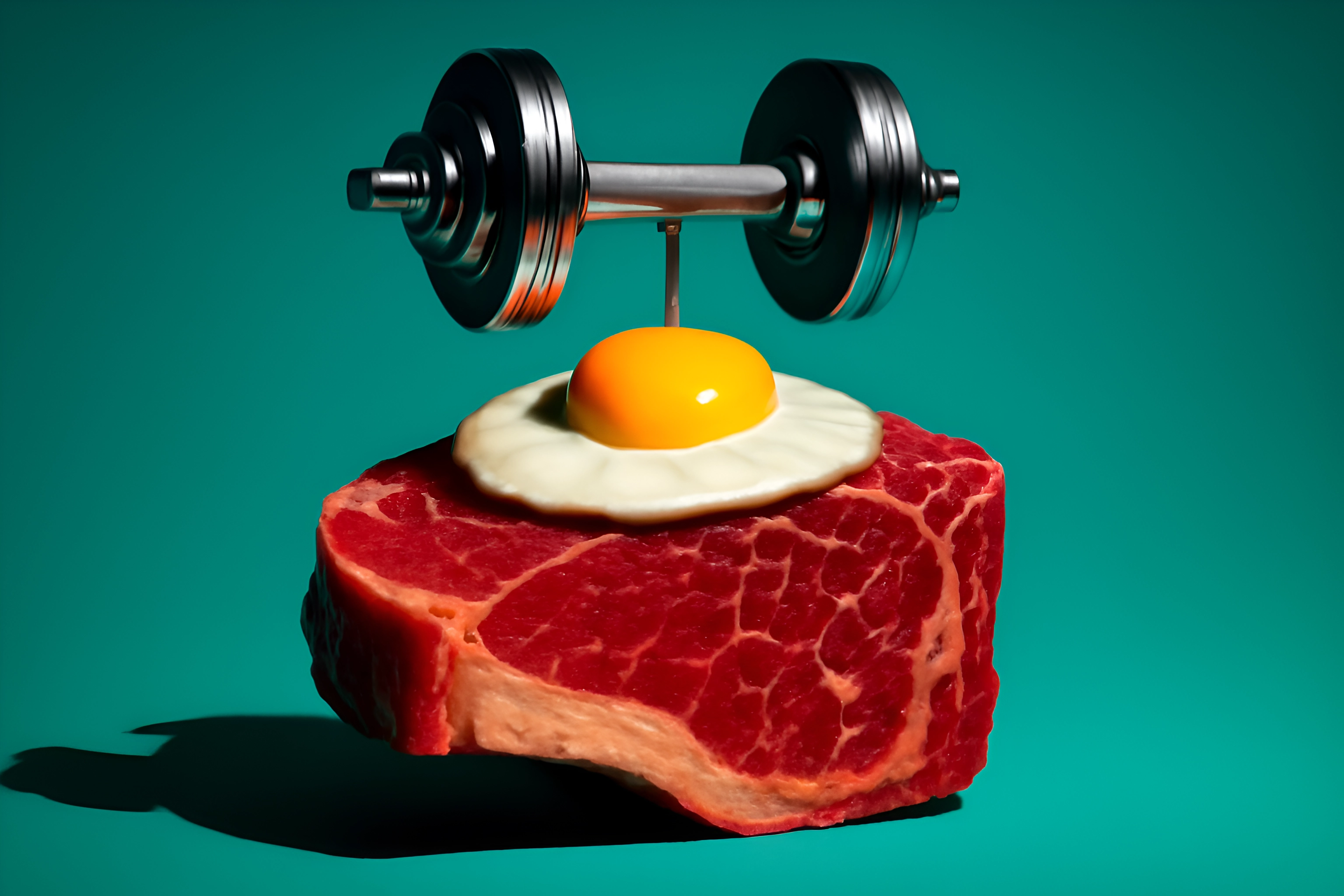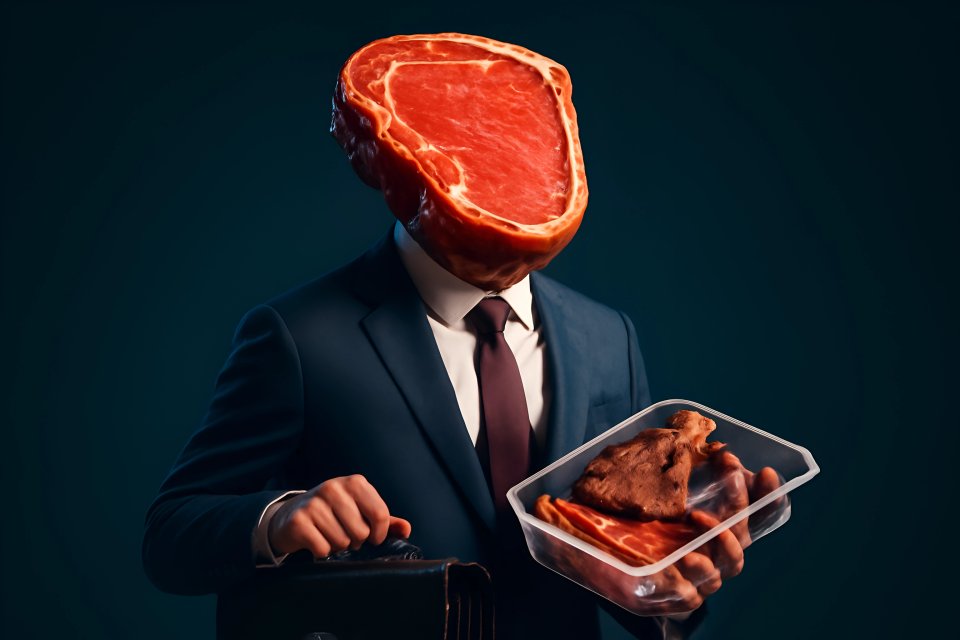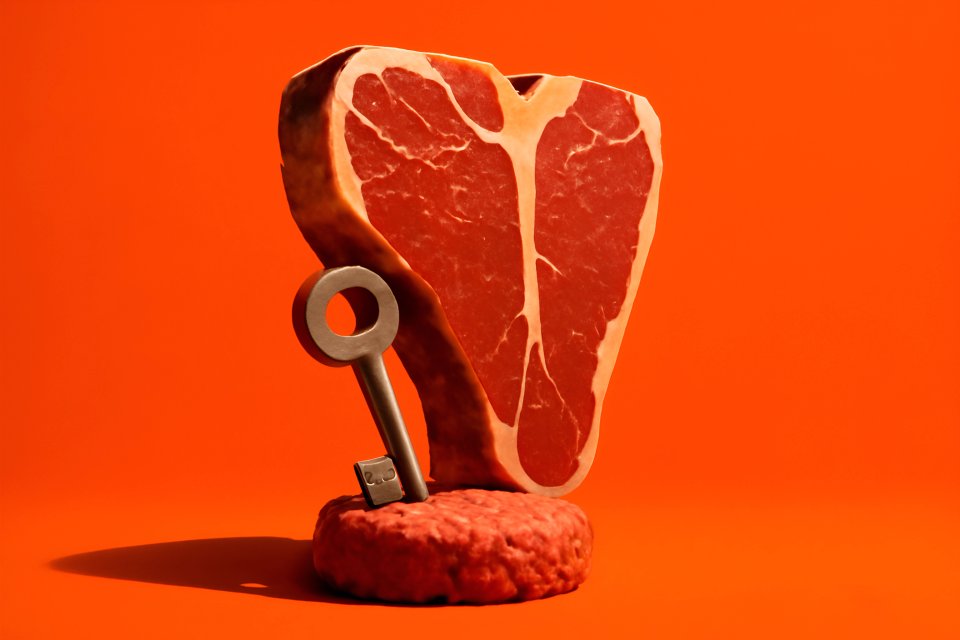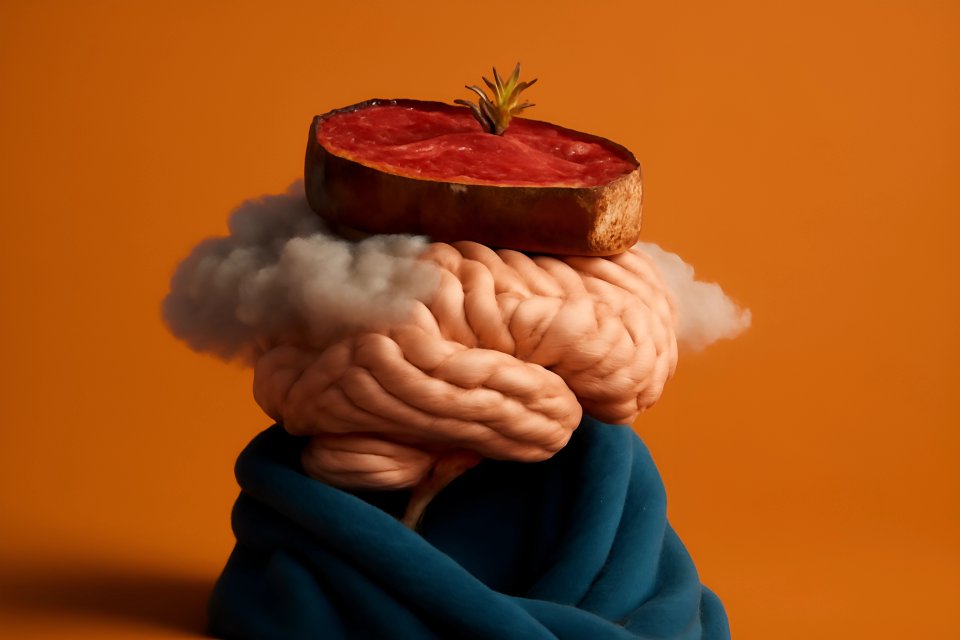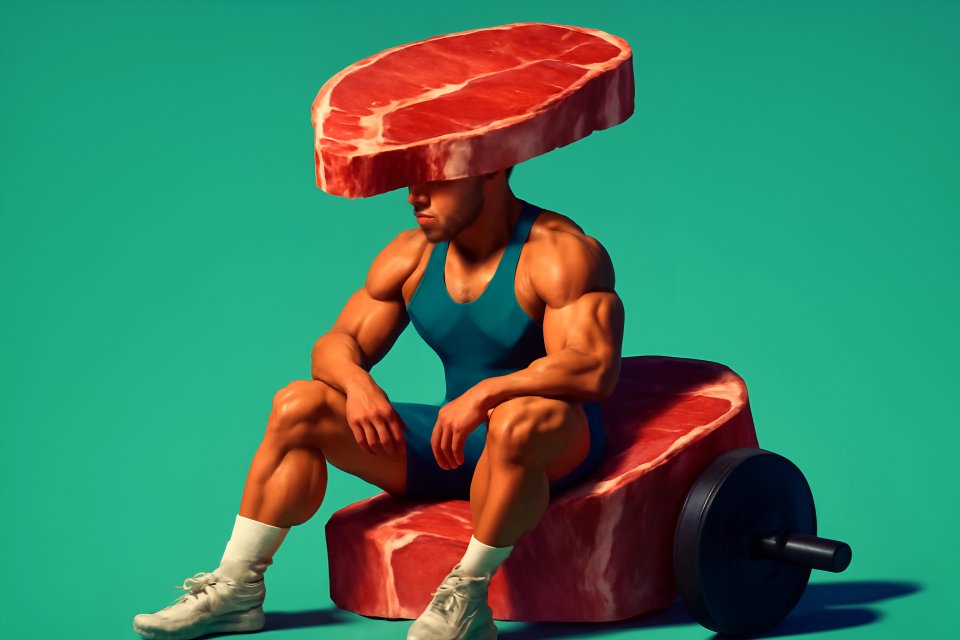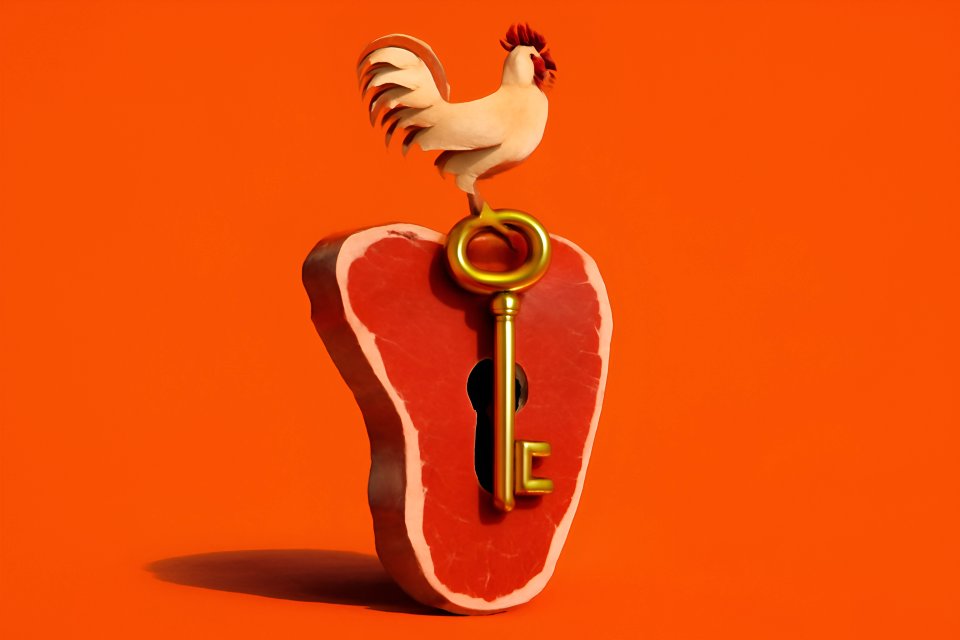
You’ve done it. You’ve ditched the plants, embraced the ancestral power of meat, and you’re feeling clearer and more energetic than you have in years. But now you hear the whispers, the talk of a next level of healing, a way to supercharge your results: fasting. Is it just another trend, or is it the key to unlocking profound cellular repair?
The problem is, most fasting advice is built for the carb-fueled masses. It’s a world of hunger pangs, energy crashes, and confusing rules that simply don't apply to your unique, fat-burning metabolism. You’re left wondering if it’s safe, how to start, and how you can possibly combine it with your carnivore lifestyle without feeling completely depleted.
Forget the confusion. This is your no-nonsense guide to demystifying fasting for the carnivore beginner. We will break down the powerful science of autophagy, show you exactly how to start safely, and give you the practical strategies you need to maintain rock-solid energy levels. This is your roadmap to unlocking deeper healing, breaking through plateaus, and taking absolute control of your metabolic health.
What is Carnivore Diet Fasting? (And Why It’s a Natural Fit)
Let's get one thing straight: intermittent fasting (IF) is not about starvation. It's about intelligent timing. You are simply creating a dedicated fasting window (when you consume only water, salt, or maybe black coffee) and an eating window (when you consume your nutrient-dense carnivore meals).
The carnivore diet gives you an incredible advantage here. Because your meals are high in fat and deeply satiating, you are already free from the brutal blood sugar rollercoaster that makes fasting a nightmare for most people. You don't experience the desperate, shaky hunger that comes from a glucose crash; instead, your body simply and efficiently switches to burning its own stored fat for fuel.
Think of fasting not as a rigid requirement, but as a powerful tool in your healing arsenal. It’s a natural progression, an intuitive next step that leverages the metabolic stability you’ve already built. As you'll see, the ancestral eating practices that inform modern healing have always included periods of feast and famine, priming our bodies for this very process.
The "Why": Key Benefits of Combining Fasting with a Carnivore Diet
Supercharge Autophagy for Cellular Cleanup
Fasting is the most potent trigger for a process called autophagy, which literally means "self-eating." This isn't as scary as it sounds; it's your body's essential housekeeping service. During a fast, your cells begin to identify, dismantle, and recycle old, damaged, and dysfunctional components.
This process is a cornerstone of healing and anti-aging. By clearing out the cellular "junk," you reduce inflammation, improve mitochondrial function, and make way for new, healthy, and vibrant cells to take their place. For anyone battling chronic conditions, this cellular renewal is not just a benefit—it's the entire goal.
Deepen Ketosis and Enhance Mental Clarity
While a carnivore diet keeps you in a state of nutritional ketosis, fasting takes it to a whole new level. As you extend the time between meals, your body ramps up the production of ketones, providing your brain with a super-clean and incredibly stable source of fuel. This is where the magic happens.
Many people report that the mental clarity they experience during a fast is unlike anything else. Brain fog evaporates, focus becomes laser-sharp, and creative thinking flows effortlessly. For a deep dive into this benefit, you can master specific fasting protocols to achieve peak mental clarity and take your cognitive performance to its absolute peak.
Break Through Weight Loss Plateaus
Have the scales stopped moving? Fasting is the ultimate tool for breaking through a stubborn weight loss plateau. It works by directly addressing the root cause: insulin resistance.
By giving your body a prolonged break from eating, insulin levels drop significantly, signaling to your fat cells that it's time to release their stored energy. This process helps reset your insulin sensitivity, making your body more efficient at burning fat for fuel when you do eat. It’s a powerful metabolic reset that can reignite your fat loss journey.
Reduce Inflammation and Support Gut Healing
Giving your digestive system a complete rest is one of the most powerful things you can do for gut health. Every time you eat, your gut goes to work, and for those with compromised systems, this can perpetuate a cycle of inflammation. Fasting breaks that cycle.
A period of digestive rest allows the gut lining to repair and seal, calming systemic inflammation and starving out pathogenic bacteria. This reinforces the benefits you already get from a carnivore diet, which is naturally low in inflammatory agents. Understanding that the carnivore diet doesn't require fiber helps clarify why this period of total gut rest is so uniquely effective.
The Science Simplified: Autophagy and the Carnivore Diet
So, what is this autophagy process really? Imagine your body is a bustling city. Over time, some buildings get old, trash piles up in the alleys, and the power grid becomes inefficient. Autophagy is the city's elite cleanup and renovation crew that only works when the main power grid (your digestive system) is shut down.
This process is triggered when certain nutrient-sensing pathways in your body, like insulin and mTOR, are low. The absence of food, especially carbohydrates and high amounts of protein, signals to your body that resources are scarce, and it's time to become more efficient by recycling old parts. This is when the "housekeeping crew" gets the green light to start its work.
Herein lies the carnivore edge. A standard carnivore diet already keeps insulin and mTOR naturally lower than any other way of eating. This means that when you decide to fast, you're not starting from zero; you're already halfway there. You can achieve the profound benefits of autophagy more quickly and efficiently, with far less metabolic stress on your body, which is a key reason the carnivore diet is superior to other low-carb diets for this purpose.
Your Step-by-Step Guide to Starting Carnivore Fasting Safely
The Crucial Prerequisite: You MUST Be Fat-Adapted First
Do not skip this step. Attempting to fast before your body is fully fat-adapted is a recipe for disaster, leading to energy crashes, intense cravings, and misery. Fat-adaptation means your body has become incredibly efficient at burning fat (both from your plate and your body) for fuel, a process that can take 30-60 days of strict carnivore eating.
You'll know you're there when your energy is stable all day, you no longer feel "hangry" between meals, and you can comfortably go for hours without even thinking about food. Before you can fast, you must first master the basics. If you're new, our beginner’s guide for getting started on the carnivore diet is your essential first step.
Step 1: Start by Listening to Your Hunger
The first step into fasting isn't about a clock; it's about your body. Stop eating on a schedule and start eating only when you feel genuine, physiological hunger. This is a calm, clear signal from your body, not the frantic, shaky feeling of a blood sugar crash.
For many, this naturally means transitioning from three meals a day to two. You might find you're simply not hungry in the morning anymore. This is your body's way of telling you it's ready to extend the natural overnight fast.
Step 2: Gently Extend Your Overnight Fast
Once you're comfortable eating only when hungry, you can begin to gently stretch your overnight fast. If you normally finish dinner at 7 PM and eat your first meal at 9 AM, you're already doing a 14-hour fast. Try pushing that first meal to 10 AM, and then eventually to 11 AM or 12 PM.
This slow, gradual extension is the easiest and most sustainable way to create a 16 or 18-hour fasting window without shocking your system. There's no need to rush. Let your body adapt at its own pace.
Step 3: Prioritize Hydration and Electrolytes
This is critical. As insulin levels drop during a fast, your kidneys excrete more sodium, which can lead to dehydration, headaches, and fatigue. You must be proactive with hydration and electrolytes.
Aim to drink plenty of water throughout your fasting window, and be sure to add a generous pinch of a high-quality, unrefined salt like Redmond Real Salt to your water. This simple act can be the difference between feeling amazing and feeling terrible. Don't underestimate the power of salt.
Step 4: Break Your Fast Intelligently
How you break your fast is just as important as the fast itself. You want to send a clear signal to your body that the famine is over and the feast has begun with high-quality nutrition. Break your fast with a nutrient-dense, high-fat carnivore meal.
A fatty steak, ground beef with butter, or salmon with crispy skin are all excellent choices. These meals replenish your body without causing a massive insulin spike. You can find some perfect meal ideas in our guide to ultimate carnivore recipes for inflammation reduction to properly fuel your eating window.
Common Fasting Protocols for Carnivore Beginners
Remember, there is no single "best" protocol. The right one for you is the one that feels good, delivers results, and fits your lifestyle. Here are the most common starting points.
The 16/8 Method
This is the most popular protocol for a reason. You fast for 16 hours and consume all your meals within an 8-hour window. For example, you might fast from 8 PM until 12 PM the next day, and eat between 12 PM and 8 PM.
This schedule is relatively easy to adapt to and aligns well with the body's natural circadian rhythm. It's the perfect place for a beginner to start and build confidence.
The 18/6 Method
This is a slight step up from 16/8. You simply extend your fast to 18 hours, leaving a 6-hour window for your meals. This can be a great way to deepen the benefits of autophagy and ketosis once you've mastered the 16/8 schedule.
Many people find this is their sweet spot, allowing for two satisfying meals while still getting a significant fasting period each day.
One Meal a Day (OMAD)
OMAD is exactly what it sounds like: you consume all of your daily calories in one large meal, typically within a one-hour window. This is a more advanced protocol and should only be attempted after you are very comfortable with shorter fasts.
The benefit of OMAD is that it maximizes the time spent in a fasted state, which can significantly boost autophagy and human growth hormone (HGH). For those ready for the next level, you can explore strategies for extended fasting with the carnivore diet for even deeper metabolic healing.
A Note for Women: Female hormones are more sensitive to caloric restriction. If you notice negative effects on your cycle, energy, or mood, consider shorter fasting windows (12-14 hours) or avoid fasting on the days leading up to your period. Always listen to your body's unique feedback.
How to Maintain High Energy Levels While Fasting
Fuel Your Feasts with Fat
Your energy during the fast is directly determined by the quality of your feast. Your meals inside the eating window must be high in animal fat. Fat is the slow-burning fuel that will carry you through the fasting period with stable, consistent energy.
Prioritize fatty cuts of meat like ribeye, short ribs, and 70/30 ground beef. Add butter, tallow, or ghee to everything. If you try to fast after eating lean protein like chicken breast, you will fail.
The Magic of Salt
We can't stress this enough: electrolytes are non-negotiable. A pinch of salt in your water in the morning can immediately combat any feelings of lightheadedness or fatigue. Think of salt not as a seasoning, but as a critical performance supplement.
If you're feeling low on energy, the first thing you should do is drink a glass of salt water. It's a simple solution that works almost instantly.
Don't Be a Hero
Fasting is a tool for healing, not a punishment. If you are feeling genuinely unwell, dizzy, or nauseous, it is okay to break your fast early. This is not failure; it is listening to your body's biofeedback.
Your goal is long-term consistency, not short-term perfection. Live to fast another day.
Time Your Workouts
You can absolutely exercise while fasting, but you need to be smart about it. Save your intense, heavy lifting or high-intensity interval training for your eating window, preferably an hour or two after your first meal.
During your fasting window, stick to lighter activities like walking, stretching, or yoga. These activities can actually enhance the benefits of your fast without putting excessive stress on your system. For more detailed strategies, check out our guide on the carnivore diet for athletic recovery.
Frequently Asked Questions (FAQ)
What can I drink while fasting on the carnivore diet?
Water is your best friend. You can also have plain sparkling water, black coffee, or unsweetened tea (if you tolerate them well). Most importantly, add unrefined salt to your water to maintain electrolyte balance.
How long do I need to fast to get autophagy?
While the process is a spectrum, significant autophagy benefits are generally thought to begin around the 16-18 hour mark and increase from there. Because carnivores are already in a low-insulin state, you may enter this beneficial state more quickly than others.
Will I lose muscle while fasting?
This is a common fear, but it's largely unfounded when fasting is done correctly. Fasting has been shown to significantly increase Human Growth Hormone (HGH), which is protective of lean muscle mass. As long as you consume adequate protein during your eating window, muscle loss is highly unlikely.
Should I fast every day?
Not necessarily. There is no rule that says you must fast daily. Many people find great success fasting 3-5 days a week, or simply fasting intuitively when their body feels ready for it. The key is to listen to your body's feedback and find a rhythm that is sustainable for you.
Conclusion
Carnivore fasting is not a complicated hack; it's a powerful, ancestral tool for profound healing. The path to success is simple: become fully fat-adapted first, start slowly by listening to your body's natural hunger cues, prioritize fat in your feasts, and be relentless with your salt and water intake. This is how you balance deep cellular repair with unwavering energy.
This isn't about deprivation. It's about liberation. You are giving your body the precious gift of time and space—the space it needs to clean house, repair, and rebuild you from the inside out. You hold the power to fine-tune your health and unlock a level of vitality you may have thought was lost forever.
What's your biggest question or fear about starting carnivore fasting? Share it in the comments below—let's tackle it together.
